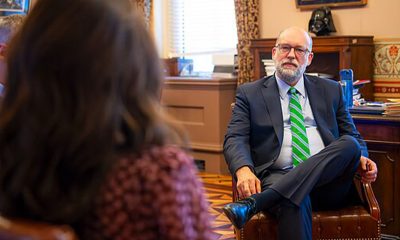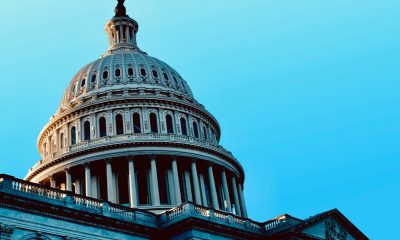Business
PRESS ROOM: Biden-Harris Administration Extends Student Loan Pause Through May 1, 2022
The Dec. 22 action is one in a series of steps the Biden-Harris Administration has taken to support students and borrowers, make higher education more affordable, and improve student loan servicing, including providing nearly $13 billion in targeted loan relief to over 640,000 borrowers.

From press@ed.gov
On Dec. 22, the U.S. Department of Education announced a 90-day extension of the pause on student loan repayment, interest, and collections through May 1, 2022.
The extension will allow the Administration to assess the impacts of the Omicron variant on student borrowers and provide additional time for borrowers to plan for the resumption of payments and reduce the risk of delinquency and defaults after restart.
The Department will continue its work to transition borrowers smoothly back into repayment, including by improving student loan servicing.
“Since Day One of this Administration, the Department has focused on supporting students and borrowers throughout the pandemic and ensuring they have the resources they need to return to repayment successfully,” said U.S. Secretary of Education Miguel Cardona. “This additional extension of the repayment pause will provide critical relief to borrowers who continue to face financial hardships as a result of the pandemic and will allow our Administration to assess the impacts of Omicron on student borrowers. As we prepare for the return to repayment in May, we will continue to provide tools and supports to borrowers so they can enter into the repayment plan that is responsive to their financial situation, such as an income-driven repayment plan. Students and borrowers will always be at the center of our work at the Department, and we are committed to not only ensuring a smooth return to repayment, but also increasing accountability and stronger customer service from our loan servicers as borrowers prepare for repayment.”
The pause on student loan payments will help 41 million borrowers save $5 billion per month. Borrowers are encouraged to use the additional time to ensure their contact information is up to date and to consider enrolling in electronic debit and income-driven repayment plans to support a smooth transition to repayment.
More information can be found at StudentAid.gov.
The Dec. 22 action is one in a series of steps the Biden-Harris Administration has taken to support students and borrowers, make higher education more affordable, and improve student loan servicing, including providing nearly $13 billion in targeted loan relief to over 640,000 borrowers. Actions within that include:
- Revamping the Public Service Loan Forgiveness program in October, which has already provided $2.4 billion in loan relief to 38,000 borrowers. As part of that effort, the Department implemented a Limited PSLF Waiver to count all prior payments made by student borrowers toward PSLF, regardless of the loan program. Borrowers who are working in public service but have not yet applied for PSLF should do so before Oct. 31, 2022 and can find out more at StudentAid.gov/PSLF.
- Providing $7.0 billion in relief for 401,000 borrowers who have a total and permanent disability.
- Approving $1.5 billion in borrower defense claims, including extending full relief to approved claims and approving new types of claims.
- Providing $1.26 billion in closed school discharges to 107,000 borrowers who attended the now-defunct ITT Technical Institute.
- Helping 30,000 small business owners with student loans seeking help from the Paycheck Protection Program.
Alameda County
Seth Curry Makes Impressive Debut with the Golden State Warriors
Seth looked comfortable in his new uniform, seamlessly fitting into the Warriors’ offensive and defensive system. He finished the night with an impressive 14 points, becoming one of the team’s top scorers for the game. Seth’s points came in a variety of ways – floaters, spot-up three-pointers, mid-range jumpers, and a handful of aggressive drives that kept the Oklahoma City Thunder defense on its heels.

By Y’Anad Burrell
Tuesday night was anything but ordinary for fans in San Francisco as Seth Curry made his highly anticipated debut as a new member of the Golden State Warriors. Seth didn’t disappoint, delivering a performance that not only showcased his scoring ability but also demonstrated his added value to the team.
At 35, the 12-year NBA veteran on Monday signed a contract to play with the Warriors for the rest of the season.
Seth looked comfortable in his new uniform, seamlessly fitting into the Warriors’ offensive and defensive system. He finished the night with an impressive 14 points, becoming one of the team’s top scorers for the game. Seth’s points came in a variety of ways – floaters, spot-up three-pointers, mid-range jumpers, and a handful of aggressive drives that kept the Oklahoma City Thunder defense on its heels.
One of the most memorable moments of the evening came before Seth even scored his first points. As he checked into the game, the Chase Center erupted into applause, with fans rising to their feet to give the newest Warrior a standing ovation.
The crowd’s reaction was a testament not only to Seth’s reputation as a sharpshooter but also to the excitement he brings to the Warriors. It was clear that fans quickly embraced Seth as one of their own, eager to see what he could bring to the team’s championship aspirations.
Warriors’ superstar Steph Curry – Seth’s brother – did not play due to an injury. One could only imagine what it would be like if the Curry brothers were on the court together. Magic in the making.
Seth’s debut proved to be a turning point for the Warriors. Not only did he contribute on the scoreboard, but he also brought a sense of confidence and composure to the floor.
While their loss last night, OKC 124 – GSW 112, Seth’s impact was a game-changer and there’s more yet to come. Beyond statistics, it was clear that Seth’s presence elevated the team’s performance, giving the Warriors a new force as they look to make a deep playoff run.
Activism
Oakland Post: Week of November 26 – December 2, 2025
The printed Weekly Edition of the Oakland Post: Week of November 26 – December 2, 2025

To enlarge your view of this issue, use the slider, magnifying glass icon or full page icon in the lower right corner of the browser window.
Activism
Oakland Post: Week of November 19 – 25, 2025
The printed Weekly Edition of the Oakland Post: Week of November 19 – 25, 2025
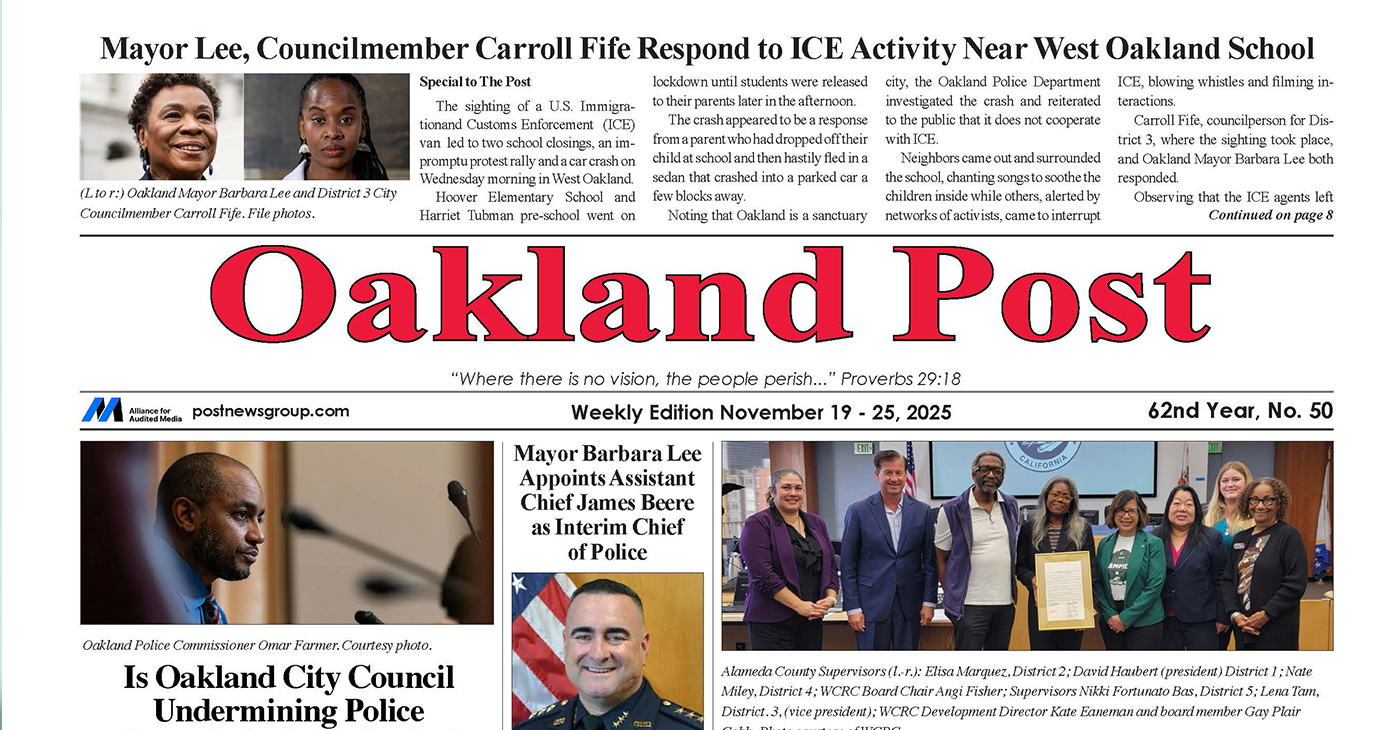
To enlarge your view of this issue, use the slider, magnifying glass icon or full page icon in the lower right corner of the browser window.
-

 Activism3 weeks ago
Activism3 weeks agoOakland Post: Week of November 12 – 18, 2025
-
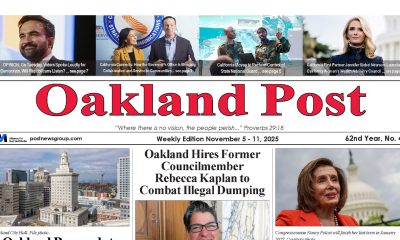
 Activism4 weeks ago
Activism4 weeks agoOakland Post: Week of November 5 – 11, 2025
-

 Activism2 weeks ago
Activism2 weeks agoIN MEMORIAM: William ‘Bill’ Patterson, 94
-

 Activism3 weeks ago
Activism3 weeks agoHow Charles R. Drew University Navigated More Than $20 Million in Fed Cuts – Still Prioritizing Students and Community Health
-

 Bay Area3 weeks ago
Bay Area3 weeks agoNo Justice in the Justice System
-

 #NNPA BlackPress3 weeks ago
#NNPA BlackPress3 weeks agoThe Perfumed Hand of Hypocrisy: Trump Hosted Former Terror Suspect While America Condemns a Muslim Mayor
-
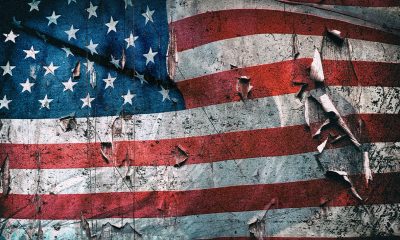
 #NNPA BlackPress2 weeks ago
#NNPA BlackPress2 weeks agoTrump’s Death Threat Rhetoric Sends Nation into Crisis
-

 #NNPA BlackPress4 weeks ago
#NNPA BlackPress4 weeks agoProtecting Pedophiles: The GOP’s Warped Crusade Against Its Own Lies



